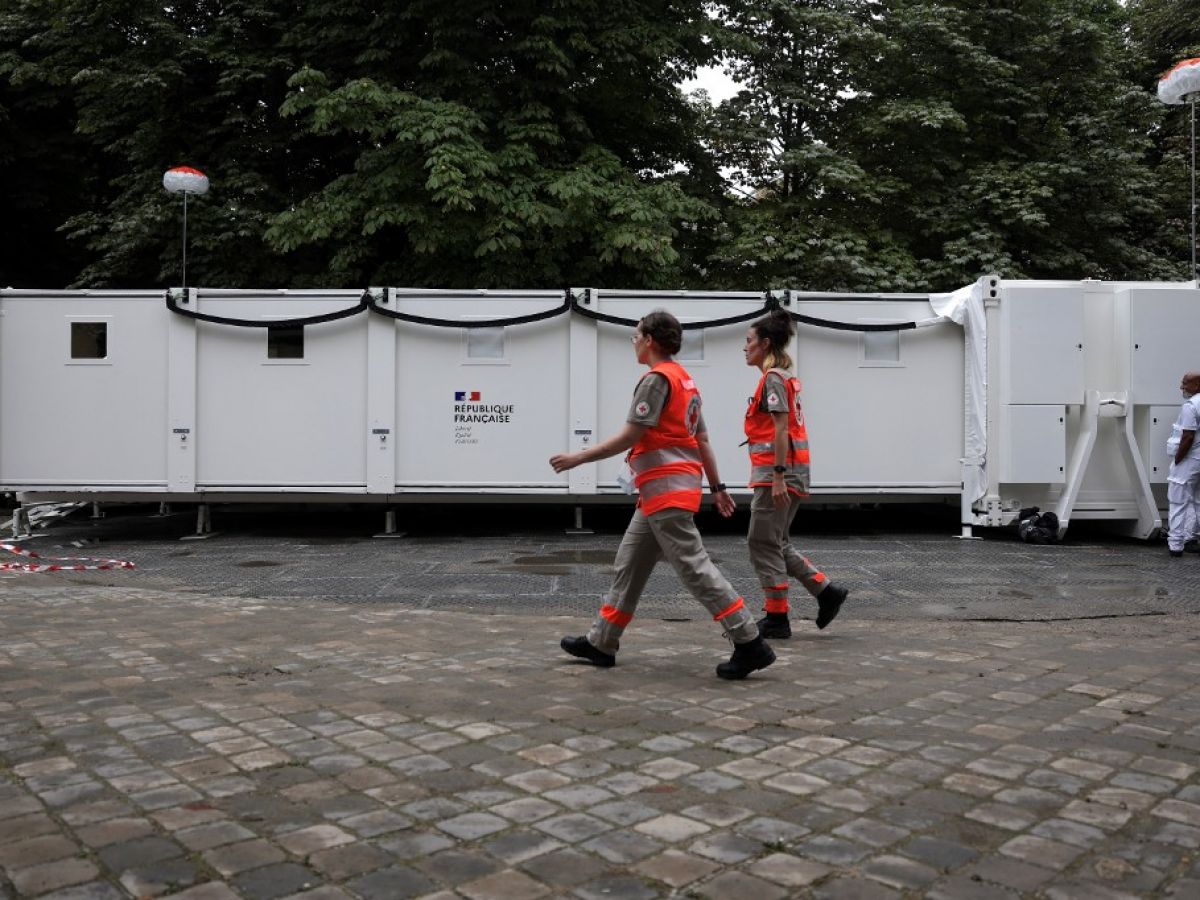Collisions on ski slopes cause numerous accidents with potentially dramatic consequences, the Academy of Medicine recalled on Thursday, April 10, 2025, proposing to strengthen signage and better monitor skiers' behavior. "The National Academy of Medicine is alarmed by the continued high level and severity of accidents involving collisions between skiers.", said in a press release this institution, which aims to bring medical consensus on a given subject.
Accidents often happen “on easy, well-groomed slopes”
Every year, at least a thousand collisions between skiers are recorded by the National Mountain Safety Observation System. In a few cases, albeit rare, these accidents are fatal, such as that of actor Gaspard Ulliel in 2022. Deaths or serious injuries "especially affect beginner skiers who, preoccupied with the lower part of the slope, do not see those who hit them coming", notes the Academy. Indeed, accidents often occur "on easy, well-groomed slopes, forming 'boulevards' conducive to high speeds", she emphasizes. "It's a place where skiers who are stationary or moving at low speed, especially children or adults learning to ski, rub shoulders with others descending at high speed, without mastering the techniques.".
Read alsoArtificial snow on the ski slopes: here are the secrets of its manufacture
The helmet question
The Academy makes several recommendations, such as improving signage to remind people that downhill skiers always have priority and calling on everyone to control their speed, emphasizing civil and criminal responsibilities. It asks resort managers to improve traffic management on the slopes and to make skiers more aware of the dangers. Finally, it supports the implementation of slope surveillance, in order to “respect the rules of good conduct (and) regulate dangerous behavior”The Academy, however, does not mention the compulsory wearing of helmets, a measure which does not meet with consensus among skiing professionals but which exists, for example, in Italy for minors.



